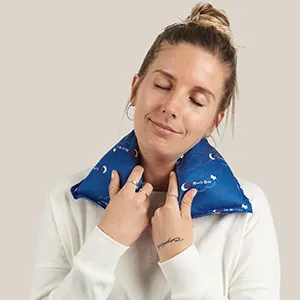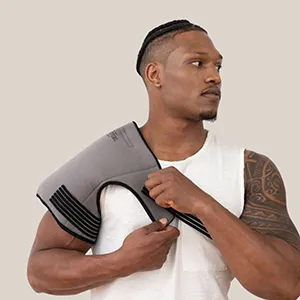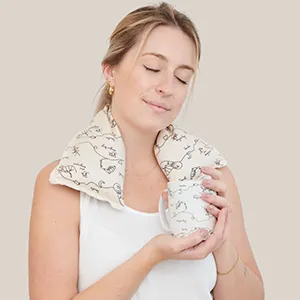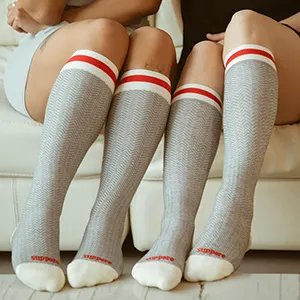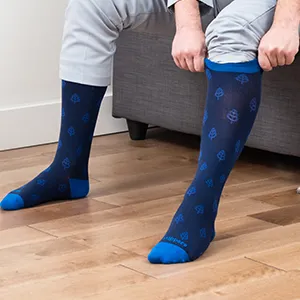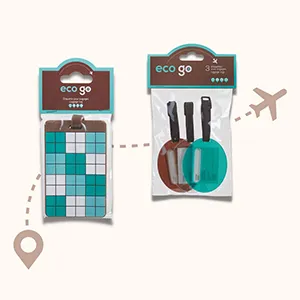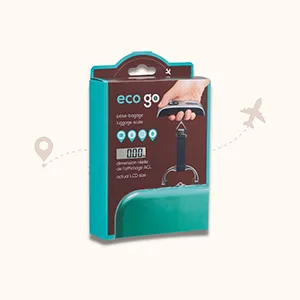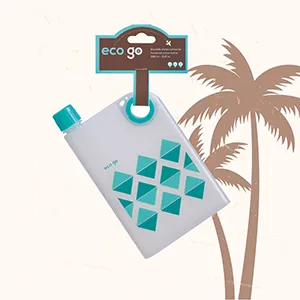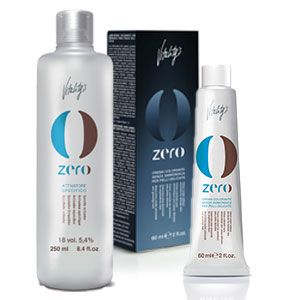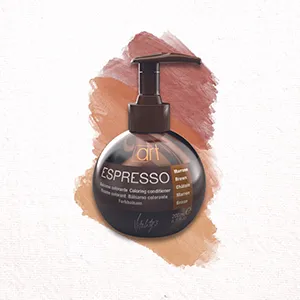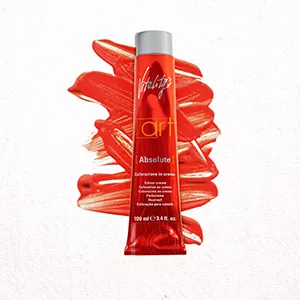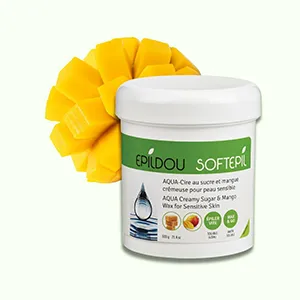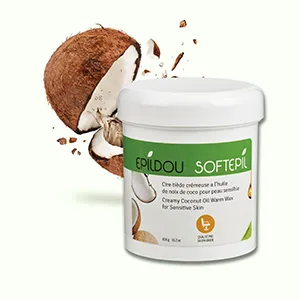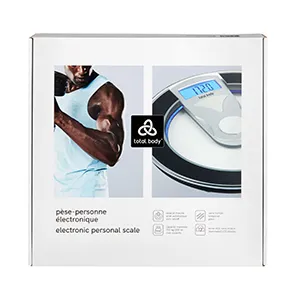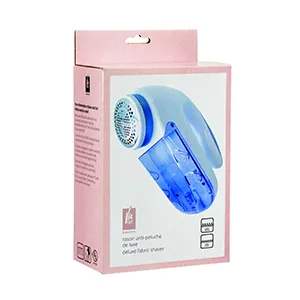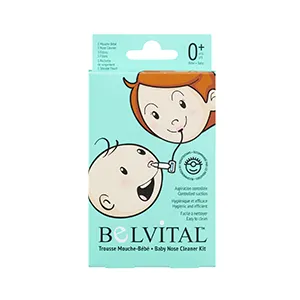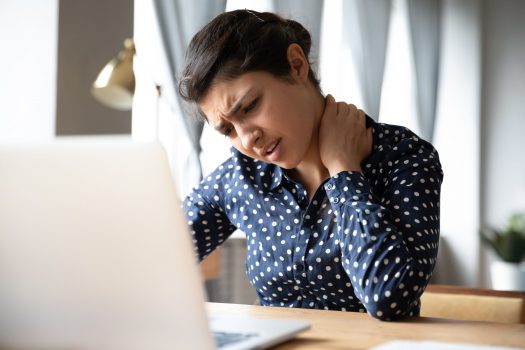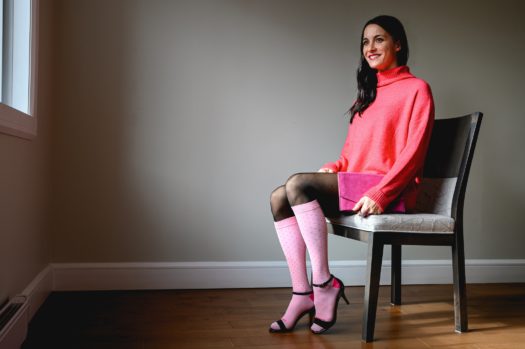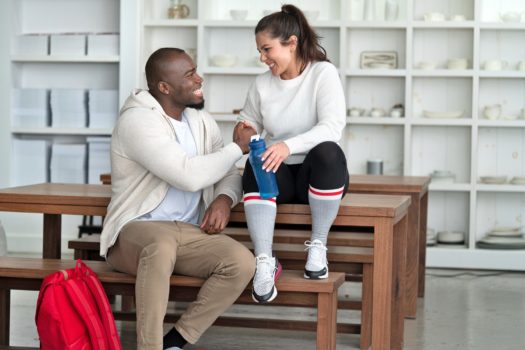April 28, 2022 9 Things You Can Do to Improve Varicose Veins
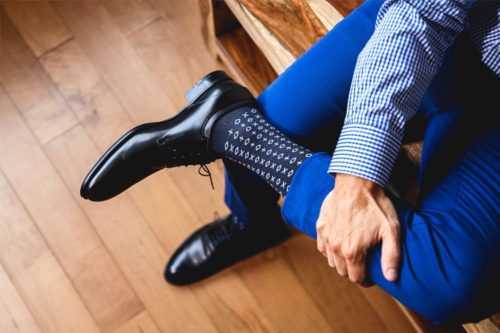
It’s April and that means summer is just around the corner! But as short and skirt season approaches, you may be worrying about the look of your varicose veins. You are not alone! In the United States, a reported 23% of adults suffer from varicose veins or spider veins. For many of us, these conditions are purely a cosmetic concern. For others, these veins can cause pain or discomfort. And sometimes, they can lead to more serious health issues. The good news? Lifestyle changes and varicose vein treatments can help. Here are nine things you can do to improve your leg health and varicose veins.
What causes varicose veins?
Veins return blood from the rest of the body back to the heart. To do this, veins in the legs must work against gravity. Tiny valves in the leg veins open so blood can circulate back to the heart and then close to prevent blood from flowing backward. However, when these valves are damaged or weakened, blood flows backwards, pooling in the legs causing veins to stretch and twist. As such, this continued pressure causes these veins to bulge and swell.
Who is at risk for varicose veins?
Varicose veins are quite common with women being at higher risk due to hormonal changes. Additionally, other factors can increase your risk of developing varicose veins :
- Age: Varicose veins are quite common with women being at higher risk due to hormonal changes. Additionally, other factors can increase your risk of developing varicose veins
- Family history : if other family members have varicose veins, you are more likely to develop them as well.
- Pregnancy : when you are pregnant, blood volume increases, which can enlarge the veins in the legs.
- Obesity : being overweight adds extra pressure to veins.
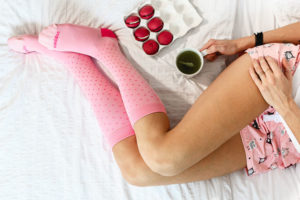
How to treat varicose veins with lifestyle changes
As mentioned above, leg health is important and varicose vein treatments can vary from simple lifestyle changes to medical interventions. Here are nine things you can do to improve varicose vein pain and varicose vein appearance.
- Exercise regularly
No surprises here! Exercise is not only important for your leg health but your overall physical and mental health as well. In fact, it really is the best way to keep your leg muscles fit, your blood flowing, and maintain a healthy weight. - Maintain a healthy weight
Being overweight or obese adds significant pressure to the veins in your legs and feet. Not to mention, carrying extra weight can increase your risk of other cardiovascular conditions. - Drink plenty of waterStaying hydrated helps blood circulate better and makes it less likely to clot.
- Avoid prolonged standing or sitting
If your work or lifestyle means you sit or stand for long periods, try to move around every so often and stretch. This will help get the blood flowing and prevent it from pooling. A good rule of thumb is to ensure you take a break and walk around at least once every hour. - Elevate your legs
If you notice varicose vein pain, try sitting or lying with your legs elevated. The best is to get legs to heart height or above to prevent blood pooling and reduce swelling. You can even try lying on the floor with your legs up against the wall. - Avoid soaking in hot baths
While long hot baths or hot tubs do not cause varicose veins, they can exacerbate them. The heat can cause your veins to swell, slowing down blood flow. - Cut the salt and up your fibre intake
Eating a high-fibre, low-salt diet has been known to improve leg health and varicose veins. A diet high in salt causes high blood pressure, putting extra pressure on your veins. - Change up your wardrobe
Tight clothing can restrict blood flow in the waist, groin, and legs. Similarly, wearing high heels for long periods can hinder blood flow. Opt for looser clothing and flats or low heels if you can. - Wear compression socks
Compression socks and stockings are used to compress the veins and prevent blood from pooling in the legs. This can be quite effective if worn daily. This is a non-invasive treatment and easily adopted into your lifestyle since you can replace your existing socks for compression socks. Research shows that improvements can be seen in just 5 consecutive days of wearing compression socks.
On top of being unattractive, varicose veins can cause pain and discomfort. To help improve the look of varicose veins and reduce swelling and discomfort, try these nine lifestyle changes. Compression socks are also a great tool to have at your disposal to help relieve some of the symptoms. Shop our stylish Supporo compression socks today and learn more about how compression therapy might be right for you.
